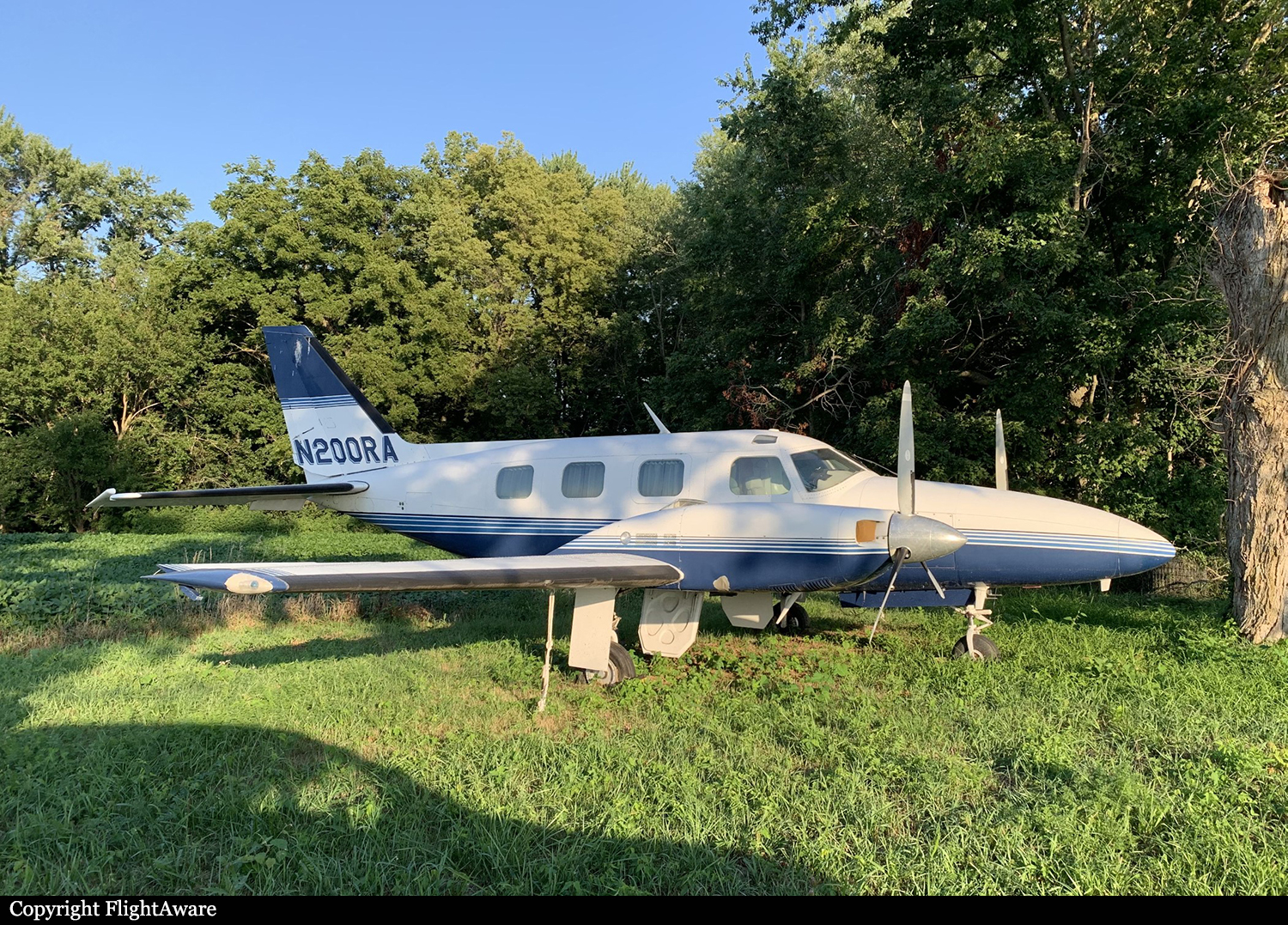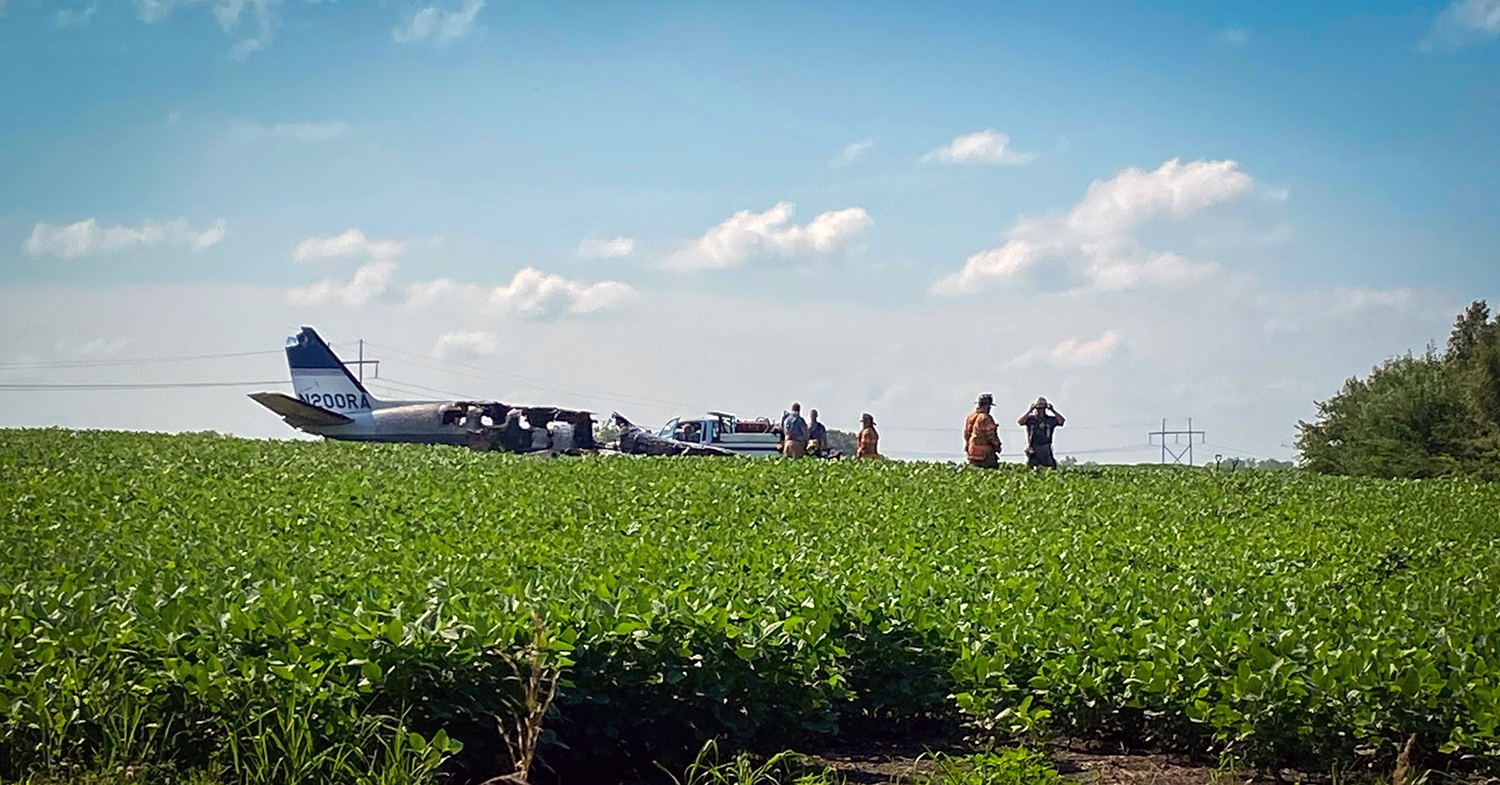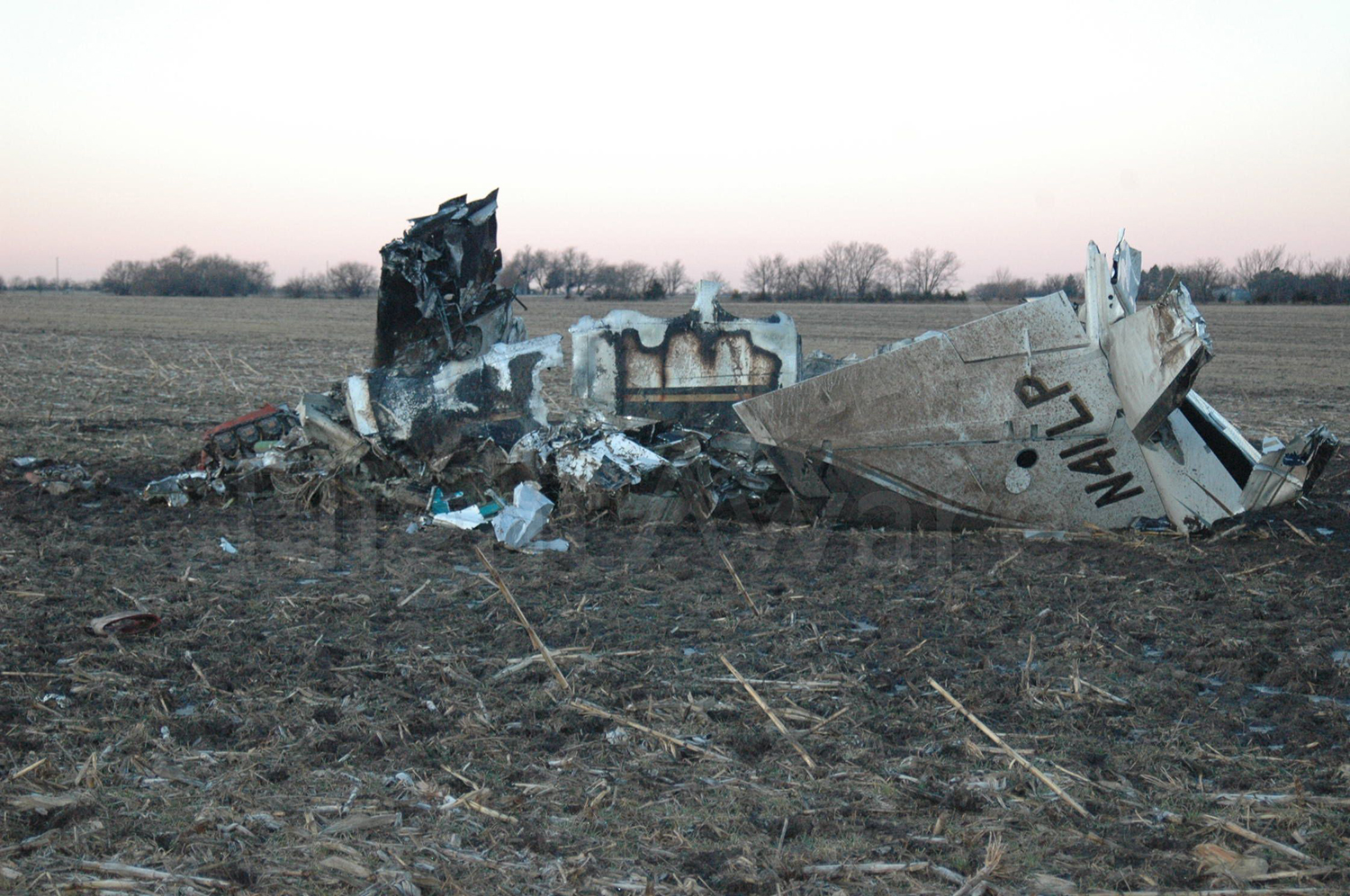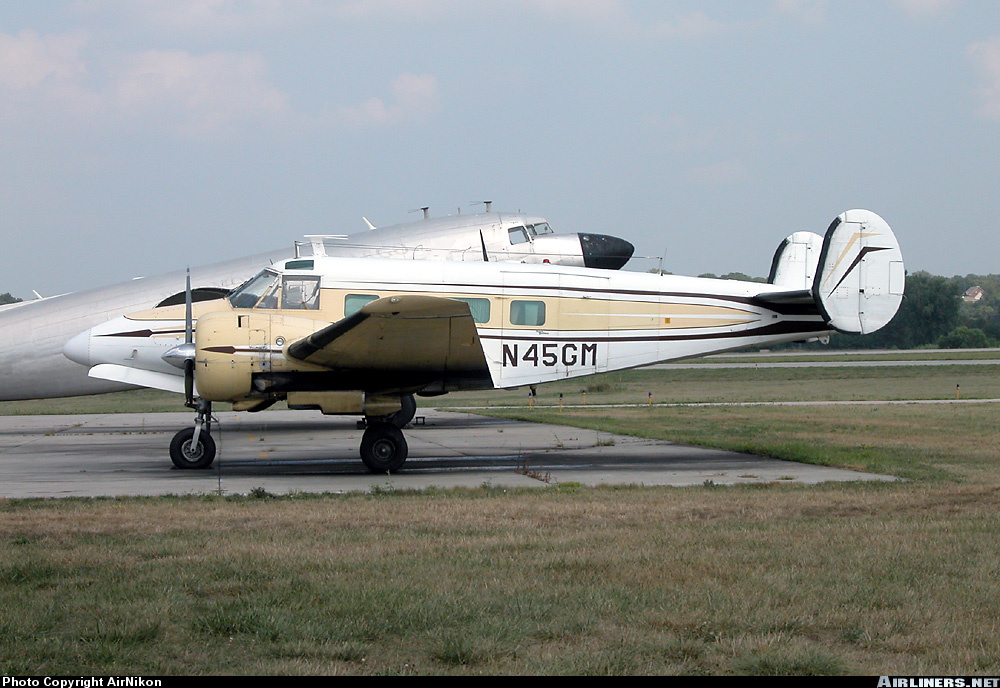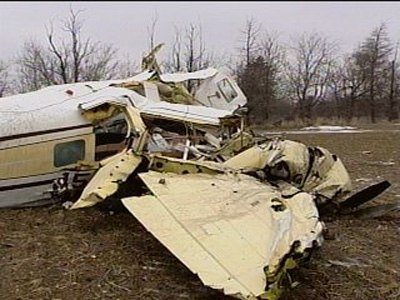Crash of a Piper PA-31P Pressurized Navajo in Mosby: 1 killed
Date & Time:
Jul 20, 2023 at 0935 LT
Registration:
N200RA
Survivors:
No
Schedule:
Mosby - Wichita
MSN:
31-7400198
YOM:
1974
Crew on board:
1
Crew fatalities:
Pax on board:
0
Pax fatalities:
Other fatalities:
Total fatalities:
1
Circumstances:
Shortly after takeoff from Mosby-Midwest National Air Center Airport, the twin engine airplane collided with high tension cables and crash landed in a soybean field, bursting into flames. The airplane was destroyed by a post crash fire and the pilot, sole on board, was killed.
